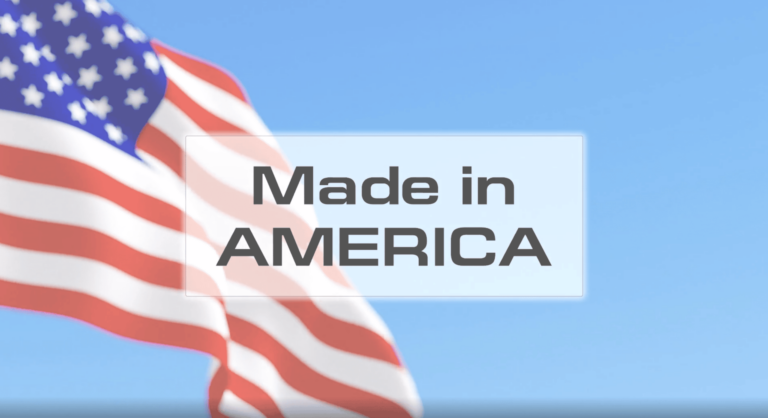Why is Trade Compliance operating like its 1999?
Reflections on AAEI 2018 – Why is Trade Compliance operating like its 1999?
As always AAEI puts together an agenda that is meaningful for the trade compliance community. The sessions are highly informative and relevant to the current trade environment and provide really good insights into what CBP, Commerce, and the PGAs are working on.
However, my biggest take away from AAEI was not the information from the sessions. The overriding impression that I was left with was that most companies are huge laggards in embracing the technology to support their trade compliance departments. By far the major technology that companies embrace to manage trade compliance is…”the spreadsheet”. There clearly is a love affair with spreadsheets by the trade compliance community. It made its first impression in 1978. It has evolved but fundamentally it is still the same product. History of Microsoft Excel 1978 – 2013 [Infographic].
But are spreadsheets really the technology that trade compliance should be relying on to protect their company from the trade risks that exist. There are many articles written on why spreadsheets are bad for managing complex business functions like trade compliance. One of the best articles written on why spreadsheets are bad for business appeared in the June 2017 edition of Forbes magazine, written by Bernard Marr – Excel Reporting: 5 Reasons Why It Is Bad For Business. A second powerful blog on why spreadsheets are bad for business was prepared by Hubspot – 5 Reasons Why Excel Is Killing Your Business
It was stunning to informally engage with the AAEI attendee trade compliance professional, and we spoke with many from medium/large organizations, and hear how they use spreadsheets to manage master data (accounts and products) and aggregate supporting commercial invoice and manifest information. What was depressing was to hear the comments about how the information in spreadsheets is not easily accessible to support operational trade compliance activities, is not easily shareable, is difficult to ensure synchronization with enterprise systems and external systems (like brokers), is not timely, and is labor intensive to maintain.
So why does Trade Compliance still rely on Spreadsheets? It’s so last century!
To answer this question is to look at the evolution and current status of trade compliance in the corporation. Until 9/11/01, trade compliance was hardly on any corporation’s radar. Post 9/11/01 CBP, BIS, Treasury, and Defense took a great interest in security and border protection and focused the attention on enforcing compliance (for better or worse). This change in focus changed how companies related and responded to these government agencies and thus evolved the trade compliance profession. Back in 2001 there were no trade compliance solutions to support the new trade compliance professions and the spreadsheet was the only real tool available to help them manage their activity. And given the activities to be managed to ensure cross-border trade and security concerns, the spreadsheet was a very practical solution. But that was then, September 2001.
Since 2001 companies dedicated to trade compliance solutions have evolved. These solutions provide extensive, deep, and automated capability i.e. product classification (HS, EAR, ITAR), Denied/Restricted Party screening, License determination, and Country of Origin determination. And with these solutions trade compliance within organizations have been able to improve work effectiveness. But, even with this support, most companies have not been able to get off of spreadsheets. They move the information from these point solutions to the supporting spreadsheet.
Why?
The answer lies in the fact that trade compliance activities are seen as discrete. In reality, trade compliance is about the process with discrete activities in support of the process.
The Path to Eliminating Spreadsheets
The path to eliminating spreadsheets is not difficult. It is not even expensive. All that it requires to eliminate the spreadsheet is a recognition that (1) it can be done and (2) that there is real value in going down this path.
Read the Full Article At 3rd Wave>>






